Marcel Broodthaers
Marcel Broodthaers was born in Brussels in 1924 and first published poetry in the tradition of Symbolism and Surrealism in 1945. Active as a poet, essayist and filmmaker until the age of 40, he turned away from "breadless" poetry in 1964 and moved into the field of visual art, casting 50 copies of his poetry book Pense-Bête in plaster and exhibiting them as art objects. Numerous solo exhibitions have been dedicated to him in important international museums, including the Fundación Antoni Tàpies, Barcelona (1997), the Stedeljik Van Abbemuseum, Eindhoven (1995), the Jeu de Paume, Paris (1991), and the Tate Gallery, London (1980), and he has been represented three times at documenta 5 (1972), 6 (1977), 7 (1982), and X (1997). Marcel Broodthaers died in Cologne in 1976.
Broodthaers is considered a seminal figure in the art world of the twentieth century. His work continues to offer points of reference for numerous artist colleagues today. Key figures for him were Stéphane Mallarmé and René Magritte, with whom he was personally acquainted. Mallarmé’s poem Un Coup de dés jamais n’abolira pas le hasard with its refusal of a clear meaning and Magritte’s involvement with language and image as signs that have a disputable relationship to non-language reality, as demonstrated in his famous image Ceci n’est pas une pipe (This is not a Pipe), were starting points for Broodthaers’ own artistic creation. By isolating words and letters, removing them from their semantic context and recombining them, he dealt with writing as image and aimed at annulling its conventional meaning and thereby the rational understanding of it. Broodthaers’ work, in general, is devoted to questioning the knowledge systems of contemporary Western culture. He took the entire enterprise of art as the object of his artistic work, and can thereby be seen as a pioneer of institutional critique. With his fictive Muséé d’Art Moderne, Départment des Aigles (Museum of Modern Art, Department of Eagles) founded in his apartment in Brussels in 1968, he questioned “real” museums’ claim of having the power to define what art is. His “Museum” manifested itself until 1972 in the organization of several fictional departments in various sites. Broodthaers illuminated the specific conventions of the art industry and questioned the practice of declaring objects as art works by means of their public display and the application of wall signs. Broodthaers’ “museum” intended to house art, not artworks, and consequently questioned the social role of art institutions that transformed works to objects of value for the capitalist value-creation machinery. The reduction of things to their exchange value, the artist as trademark, and the handling of original and copy, are themes that the artist grappled with intensely. In addition, he was concerned with the problematic of colonization and exoticism. His extensive work, which includes extremely diverse media (films, slide projections, objects, prints, photographs, and artist’s books) hereby developed manifold relations to numerous further artists, writers, and philosophers, such as Duchamp, Baudelaire, and Foucault.
read more read lessBooks of artists
Marcel Broodthaers. Je hais le mouvement qui deplace les lignes. Text by Baudelaire, Charles. Hamburg: Édition Hossmann, 1973.
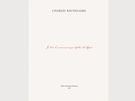
Marcel Broodthaers. Catalogue - Catalogus. Ed. Societe des exposition du Palais des Beaux-Arts. Texts by Leeber, Irmeline; Reise, Barbara; Jost, Herbig et al. Brussels, 1974.
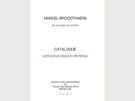
Marcel Broodthaers. La conquete de l'espace. Atlas a l'usage des artistes et des militaires. 1974.
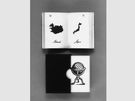
Marcel Broodthaers. Phantomas Nr. 62. Ed. Theodore Koenig, Joseph Noiret, Marcel & Gabriel Piqueray for Bibliotheque Phantomas. Text by Broodthaers, Marcel. Brussels, 1966.
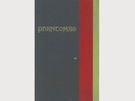
Marcel Broodthaers. Moules Oeufs Frites Pots Charbon. Ed. Wide White Space Gallery. Texts by Broodthaers, Marcel; Dypréau, Jean; Restany, Pierre. Antwerp, 1966.
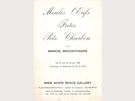
Marcel Broodthaers. Court Circuit Marcel Broodt(h)aers. Ed. Palais des Beaux-Arts. Texts by Broodthaers, Marcel; Restany, Pierre. Brussels, 1967.
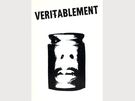
Marcel Broodthaers. Magie. Art et Politique. Paris: Multiplicata, 1973.
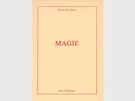
Marcel Broodthaers. Studio. International Journal of Modern Art. No. 970. Belgian Issue. Ed. Peter Townsend. Texts by Gevaert, Yves; Lebeer, Irmaline; Reise, Barbara et al. London: Studio International Publications, 1974.
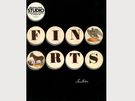
Marcel Broodthaers. L'Angelus de Daumier [VOL. I]. Ed. Centre Georges Pompidou, Musee national d'art moderne. Paris, 1975.
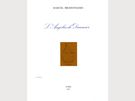
Marcel Broodthaers. L'Angelus de Daumier [VOL. II]. Ed. Centre Georges Pompidou, Musee national d'art modern. Texts by Broodthaers, Marcel; Hulten, Pontus. Paris, 1975.
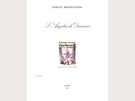
Marcel Broodthaers. Un Coup de dés jamais n'abolira le hasard. Ed. Marcel Broodthaers for Galerie Wide White Space, Antwerp; Galerie Michael Werner, Cologne. Brussels, 1969.
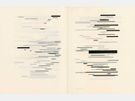
Marcel Broodthaers. Un Coup de dés jamais n'abolira le hasard [KATALOGEDITION]. Ed. Marcel Broodthaers for Galerie Wide White Space, Antwerp; Galerie Michael Werner, Cologne. Brussels, 1969.
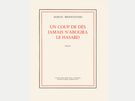
Marcel Broodthaers. Museum. Museum. Der Adler vom Oligozän bis heute [BAND I]. Ed. Städtische Kunsthalle. Texts by Broodthaers, Marcel; Harten, Jürgen; Ruhrberg, Karl. Düsseldorf, 1972.
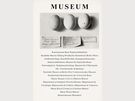
Marcel Broodthaers. Museum. Museum. Der Adler vom Oligozän bis heute [BAND II]. Ed. Städtische Kunsthalle. Texts by Broodthaers, Marcel; Harten, Jürgen; Ruhrberg, Karl et al. Düsseldorf, 1972.
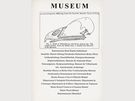
Artworks
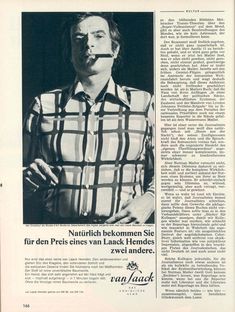
Anzeige für van Laack Hemden, mit Broodthaers als Modell, 1971
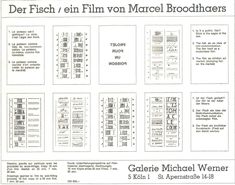
Der Fisch/ein Film von Marcel Broodthaers, 1971

Figures anciennes et modernes, 1971
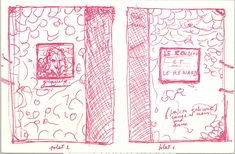
Le Corbeau et le Renard, 1967-1972
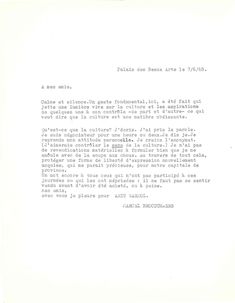
Lettres Ouvertes, 1968-1970
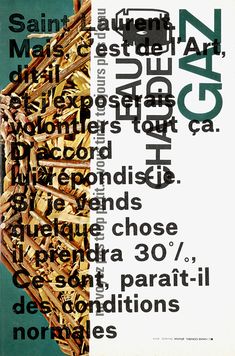
Moi aussi je me suis demandé ..., 1964
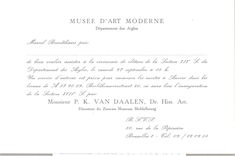
Musée d'Art moderne, Département des Aigles, 1969
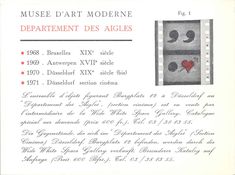
Musée d'Art moderne. Département des Aigles,, 1971
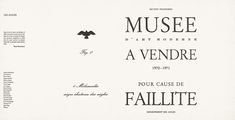
Musée d'Art Moderne, Département des Aigles, Section Financière, 1971